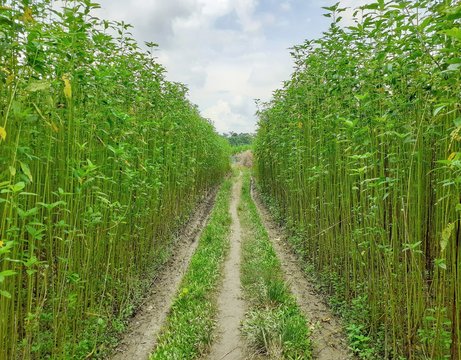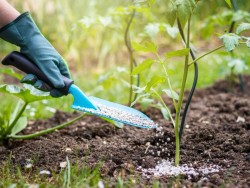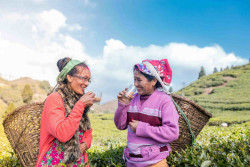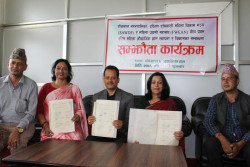Agriculture

The farmers in the Tarai-Madhes region are gradually losing interest in cultivation of jute, which was once the major cash crop of the region.
The jute cultivation was widely done in Sunsari, Morang and Jhapa districts of the eastern Tarai.
However, jute farming no longer is the attraction of farmers in recent years due to the low returns on investment, the lack of availability of new jute processing technology and the labour shortage.
The jute cultivation is gradually declining owing to the cumbersome processing, labour shortage and lack of irrigation facility.
The farming has reduced more than half in Paschim Kushaha, Laukahi, Shreepur and Haripur and Narasingh Bhokraha areas in southern part of Sunsari district. These areas were the main jute farming areas.
Similarly, jute cultivation in Kaptangunj, Madhya Harshahi, Ramgunj Sinuwari, Sahengunj and Babiya, Jalpapur areas has also reduced more than half these days, said Birendra Yadav, a local farmer.
Yadav said they would cultivate jute if the local government provided the farmers with subsidies for the same.
Until some years back, farmers in Sunsari used to make a decent income from jute farming. But these days they cultivate jute only for using it as firewood.
In the fiscal year 2075/76, Province 1 had jute cultivation in 7,285 hectares of lands, producing 12,959 metric tonnes raw jute.
Similarly, jute cultivation spanned 7,555 hectares in the fiscal year 2076/77, producing 10,165 metric tonnes. In the fiscal year 2077/78, the cultivation spread 7,415 hectares.
Jute cultivation has been on the decline since some years, according to Tirtha Raj Rijal, chief of the Jute Research Center, Itahari. Technical difficulties in jute cultivation are blamed for the decline, he said.
Lately, jute industries in the country have shut down due to various reasons.
In view of a decline in its production, the government at all three levels should bring various programme to encourage farmers, he stressed.






